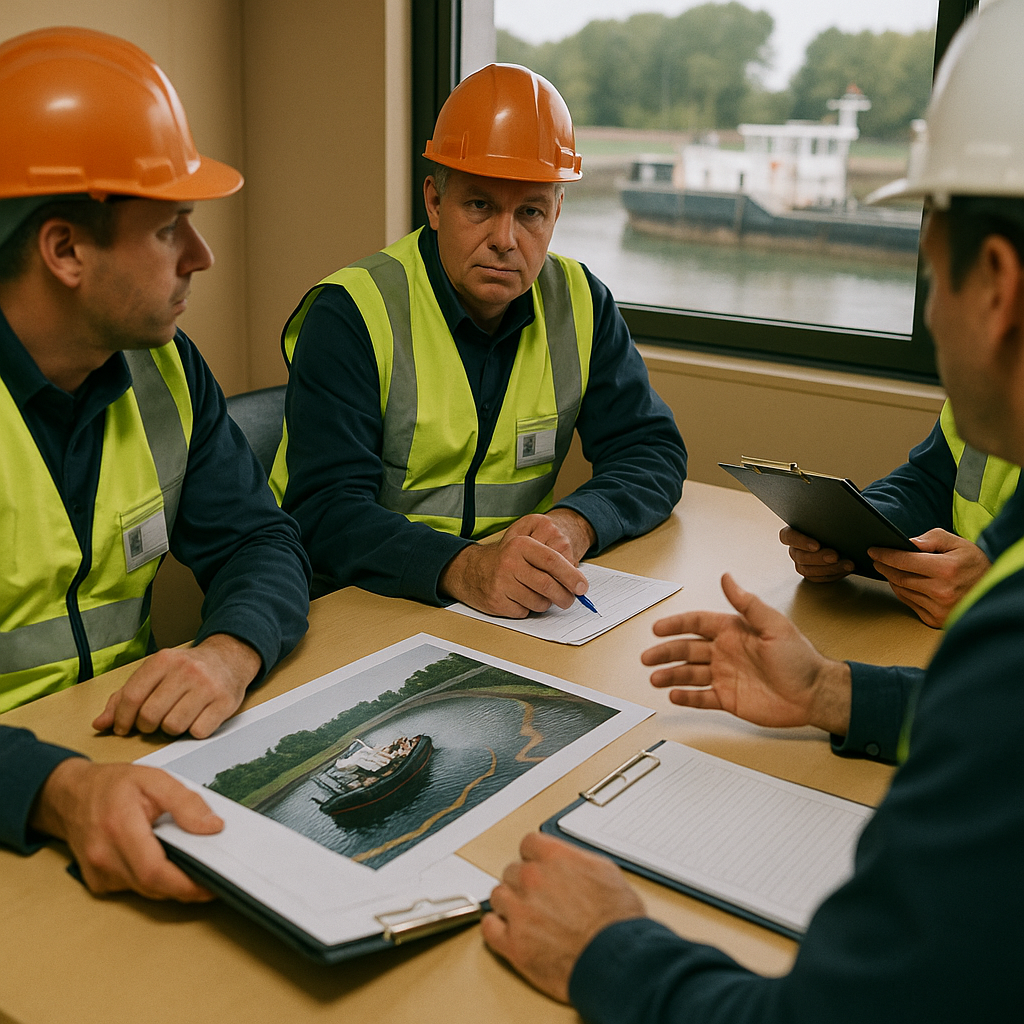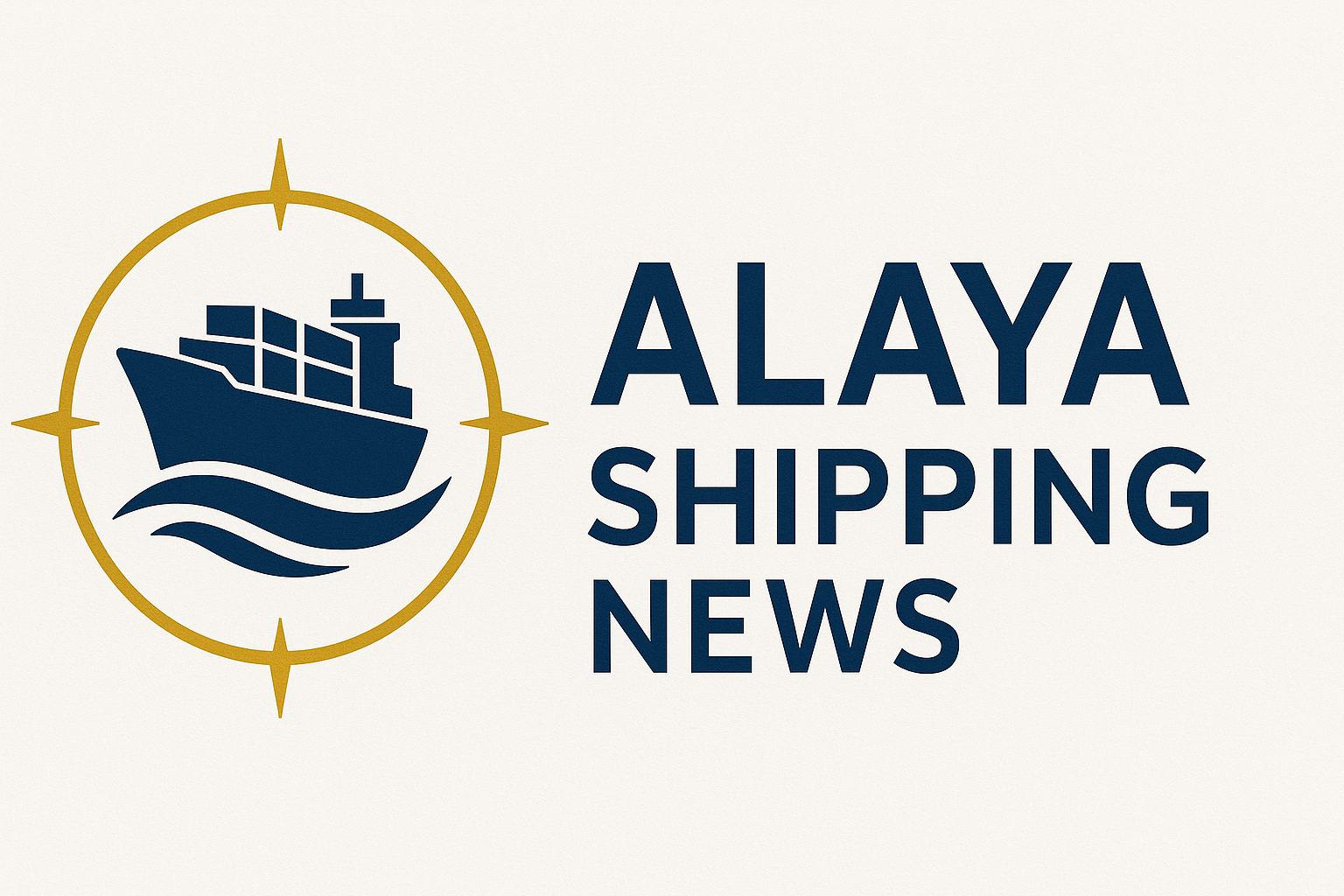
Oil Spill Disrupts Albert Canal Traffic: A Wake-Up Call for Maritime Safety
The recent 10,000-litre oil spill from a semi-autonomous barge on the Albert Canal has brought traffic to a standstill, highlighting the vulnerabilities in the evolving landscape of maritime technology. As the canal serves as a crucial artery for trade and transport in Belgium, the incident underscores the urgent need for robust safety protocols and regulatory oversight in the deployment of autonomous vessels. This event not only disrupts local commerce but also raises broader questions about the readiness of maritime infrastructure to handle the complexities of modern shipping technologies.
The Incident: A Closer Look
The spill occurred when a semi-autonomous barge, operating under reduced human supervision, malfunctioned, leading to a significant discharge of oil into the canal. This incident has forced authorities to halt all traffic on the waterway, causing delays and rerouting of vessels. The Albert Canal, a key commercial route, connects the port of Antwerp with the industrial heartlands of Belgium and beyond. The disruption has significant implications for the supply chain, affecting industries reliant on timely deliveries of goods and raw materials.
While the exact cause of the malfunction is still under investigation, preliminary reports suggest a failure in the barge’s automated systems. This raises concerns about the reliability of current autonomous maritime technologies and their integration into existing maritime infrastructure. The incident serves as a stark reminder of the potential risks associated with the rapid adoption of semi-autonomous vessels without comprehensive safety measures.
Regulatory Challenges and Technological Integration
The use of semi-autonomous vessels is part of a broader trend towards automation in the maritime industry, driven by the promise of increased efficiency and reduced operational costs. However, this incident highlights the regulatory challenges that accompany such technological advancements. According to industry experts, there is a pressing need for international standards and regulations that ensure the safe operation of autonomous vessels.
The current regulatory framework is often seen as lagging behind technological developments, creating a patchwork of rules that vary significantly between jurisdictions. This lack of uniformity can lead to safety oversights and complicate the integration of new technologies. As seen with the Albert Canal spill, the consequences of regulatory gaps can be severe, affecting not only the environment but also the economic stability of regions dependent on maritime trade.
Environmental and Economic Impacts
The environmental impact of the oil spill is a major concern, with potential long-term effects on local ecosystems. Oil spills can devastate aquatic life, disrupt food chains, and lead to the contamination of water sources. The cleanup efforts are expected to be extensive and costly, further straining resources already stretched by the demands of maintaining canal operations.
Economically, the spill has immediate repercussions for businesses reliant on the Albert Canal for transportation. Delays in shipping can lead to increased costs, as companies are forced to seek alternative routes or modes of transport. This can have a ripple effect throughout the supply chain, affecting production schedules and ultimately impacting consumers.
Industry Response and Future Outlook
In response to the spill, industry stakeholders are calling for a reassessment of the deployment strategies for autonomous vessels. There is a growing consensus that while automation holds great potential, it must be implemented with caution and accompanied by rigorous safety protocols. The incident has prompted calls for increased investment in research and development to enhance the reliability and safety of autonomous systems.
Analysts suggest that the maritime industry is at a crossroads, where the benefits of automation must be weighed against the potential risks. The spill on the Albert Canal serves as a cautionary tale, emphasizing the need for a balanced approach that prioritizes safety and environmental protection alongside technological innovation.
Conclusion: Navigating the Future of Maritime Automation
The oil spill on the Albert Canal is a significant event that highlights the complexities and challenges of integrating semi-autonomous vessels into the maritime industry. As the sector continues to evolve, it is crucial to develop comprehensive regulatory frameworks and safety protocols that can keep pace with technological advancements.
In a base scenario, the industry could see a gradual tightening of regulations and increased scrutiny of autonomous vessel operations, leading to improved safety outcomes. A bullish scenario might involve rapid advancements in technology, resulting in more reliable and efficient autonomous systems that enhance maritime operations. Conversely, a bearish scenario could see continued incidents and regulatory hurdles stalling the adoption of automation, with significant economic and environmental costs.
Ultimately, the future of maritime automation will depend on the industry’s ability to balance innovation with safety, ensuring that technological progress does not come at the expense of environmental and economic stability.
Sources (selection):
